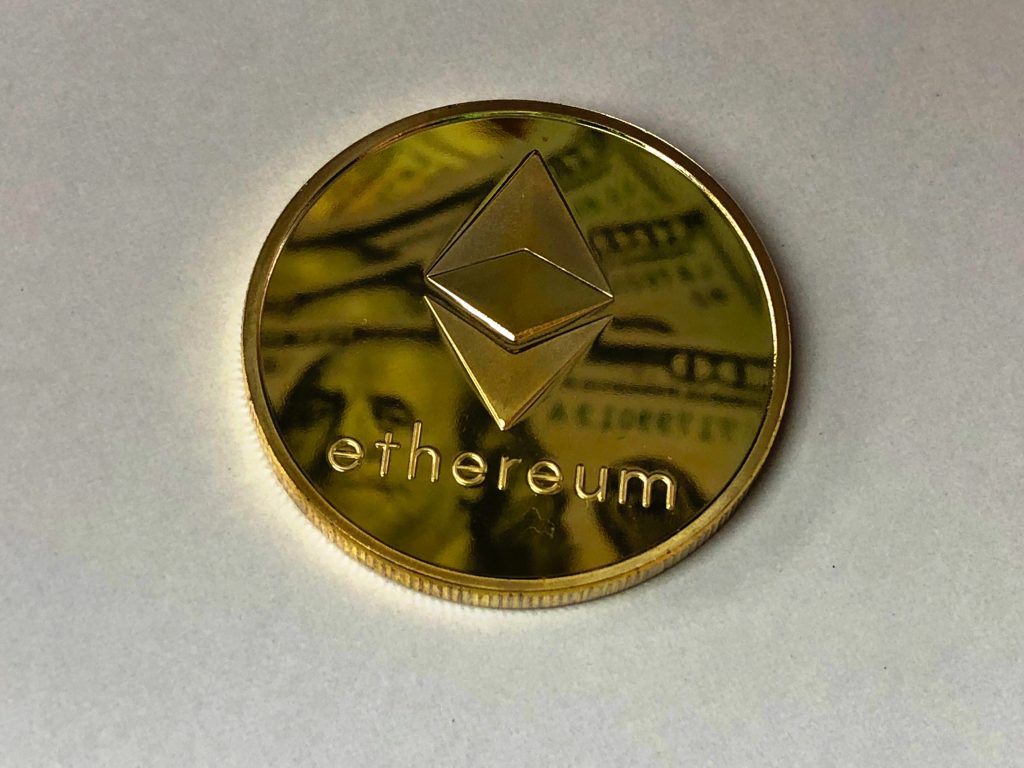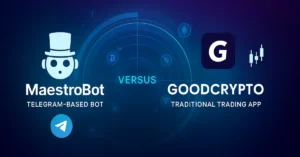Decentralized applications, or dApps, have gained popularity in recent years due to their potential to revolutionize various industries. These applications run on decentralized networks that allow for greater security, transparency, and immutability. Ethereum has long been the go-to platform for developing dApps, but with the emergence of Moonbeam, developers have a new option to consider. In this article, we will compare Moonbeam and Ethereum and discuss which platform is better for developing dApps. If you are planning to invest in Crypto, you may want to know about Encryption and Decryption in Cryptocurrency.
Overview of Moonbeam and Ethereum
Ethereum is a blockchain platform that allows developers to create and deploy decentralized applications. It uses smart contracts, which are self-executing contracts with the terms of the agreement directly written into lines of code. Ethereum has its own programming language, Solidity, which is used to develop smart contracts.
Moonbeam, on the other hand, is a specialized blockchain platform that is designed to be fully Ethereum-compatible. It is built on the Polkadot network, which is a sharded blockchain that allows for interoperability between different blockchain networks. Moonbeam uses the same programming language as Ethereum, making it easy for developers to transition from Ethereum to Moonbeam.
Comparing Moonbeam and Ethereum for Developing dApps
Compatibility
One of the biggest advantages of Moonbeam is its compatibility with Ethereum. This means that developers can easily port their existing Ethereum dApps to Moonbeam without having to rewrite the entire application from scratch. This makes it easier and faster to develop new dApps on Moonbeam.
Interoperability
Moonbeam is built on the Polkadot network, which allows for interoperability between different blockchain networks. This means that dApps developed on Moonbeam can easily communicate with other blockchain networks, such as Bitcoin or Ethereum. This opens up new possibilities for developers to create innovative new dApps that integrate with other blockchain networks.
Scalability
Scalability has been a major issue for Ethereum, with the network becoming increasingly congested as more dApps are developed. Moonbeam, being built on the Polkadot network, benefits from Polkadot’s sharding technology, which allows for greater scalability by dividing the network into smaller, more manageable shards. This makes Moonbeam a more attractive option for developers looking to build dApps that can handle large numbers of users.
Security
Security is a critical concern for any blockchain-based platform. Ethereum has had its fair share of security issues, with several high-profile hacks and vulnerabilities in smart contracts. Moonbeam benefits from being built on the Polkadot network, which has a robust security model and has not yet experienced any major security breaches.
Governance
Governance is another important consideration for developers building dApps. Ethereum is currently undergoing a transition from a proof-of-work (PoW) to a proof-of-stake (PoS) consensus mechanism, which has been a contentious issue among the Ethereum community. Moonbeam, being built on the Polkadot network, uses a PoS consensus mechanism from the start, which may make it a more stable and predictable platform for developers.
Conclusion
In conclusion, Moonbeam and Ethereum are both solid options for developing dApps, each with its own strengths and weaknesses. Moonbeam’s compatibility with Ethereum, interoperability with other blockchain networks, scalability, security, and governance make it an attractive option for developers looking to build decentralized applications. However, Ethereum’s established network and community, as well as its extensive development resources and tools, make it a formidable competitor in the dApp space. Ultimately, the choice between Moonbeam and Ethereum will depend on the specific needs and goals of each individual project.





